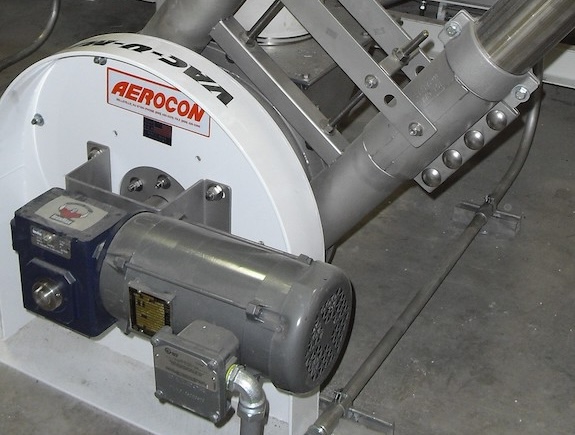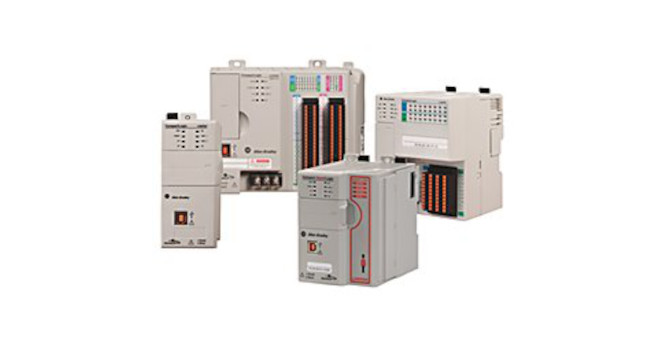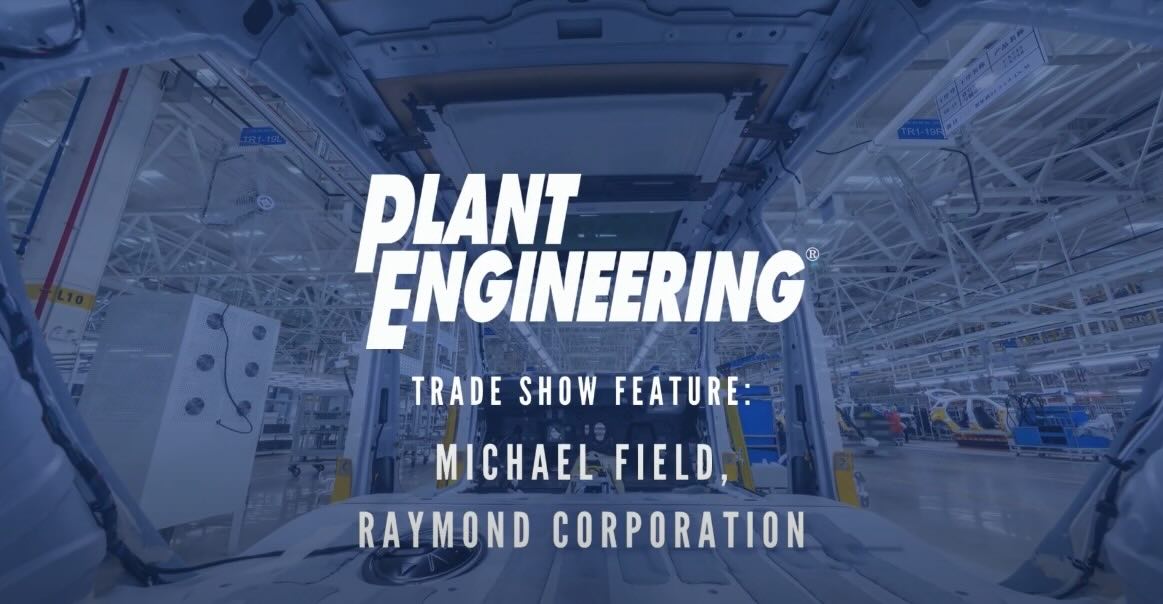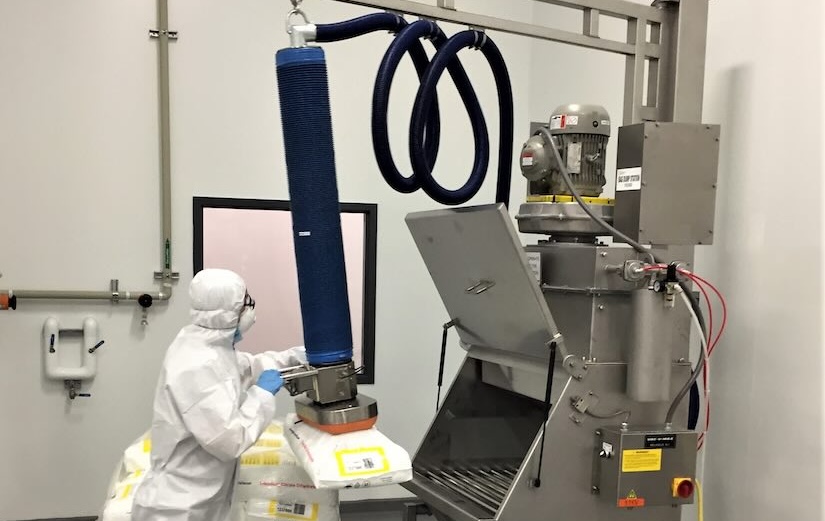ProMat’s return after a four-year absence showed a greater emphasis on robotics and how logistics improvements can make automation better in manufacturing facilities.

It’s been four years since ProMat 2023, organized by MHI, was in Chicago, and it was quite a different time then. In 2019, ProMat was running concurrently with Automate, run by the Association for Advancing Automation (A3), and each side had its own space. ProMat emphasized material handling and logistics; Automate emphasized robotics and automation.
Four years later, the two shows have separated (Automate 2023 is in Detroit, May 22-25) and have grown. In terms of the displays, though, it would be easy to think ProMat 2023 was another automation and robotics shows because of the number of industrial and collaborative robots roaming the North and South halls at McCormick Place.
This is the way of the future in manufacturing, warehousing and logistics. The skills gap has gotten worse due to the COVID-19 pandemic and consumer demand has not abated. Even with the recent uncertainty in the economy due to recent bank failures and inflation, customers want their products, and some manufacturers struggle to keep up. Automation — particularly in the form of robotics — is helping companies do more with less while keeping the lights on and their employees paid. Autonomous machines and vehicles help with a company’s intralogistics (internal logistics) inside as automation and other measures improve supply chain logistics outside the facility.
The role of logistics in manufacturing
Logistics in manufacturing is about the process of planning, organizing and coordinating the movement of materials, components and finished products through the supply chain. The goal of manufacturing logistics is ensuring the right products are delivered to the right place at the right time, while minimizing costs and maximizing efficiency.
“It’s a twofold challenge,” said Steve Pinsky at Fortna. “How do we build technology around evolving our processes? We also see a labor shortage, and customers are reaching out to us. We try and stay cutting edge. It’s about training and retaining folks.”
Other manufacturers are making modularity and flexibility their primary focus. “We want to keep everything customizable and flexible,” said Jeremy McCullough, a senior product and application engineer at SEW Eurodrive. They displayed an automated guided vehicle (AGV) that is capable of carrying up to 3000 kg. It’s a far cry from their usual position as a motor and drive company. According to McCullough, it’s about utilizing and maximizing what they already have at their disposal and expanding their reach and customer base.
Streamlining material handling with logistics
Even among products at ProMat that weren’t new, many were about integrating devices and systems to improve material handling operations and streamline concepts with logistics.
Improved material handling was front and center at Mujin’s booth. The Mujin TruckBot is designed to grab boxes from the truck and send them down the line off the loading dock to the end of the assembly line where another robot can pick up the boxes and put them where they need to be.
According to Josh Cloer, director of sales at Mujin, it is designed to pick 1000 cases an hour, learn from past performances and improve efficiency.
“It takes the data set and learns from it,” he said. “It’s not replicating, but rather driving, and there are motion planning algorithms in there, as well.”
As it learns, Cloer said, it will be able to help manufacturers meet key performance indicators (KPIs) and be better at handling more challenging situations such as mixed palletizing.

Digital twins and logistics
Improving logistics through automation is more than extending a robot arm onto a truck. Logistics requires improving digital information flow, too. Leveraging the power of the industrial Internet of Things (IIoT) and its associated technologies can work wonders for logistics.
Michael Lennard, a warehouse and logistics industry consultant at Rockwell Automation, said that’s easier said than done. He described a situation where a client had 40 distribution centers and was trying to keep everything straight. It was a problem from the start, he said.
“It wasn’t well-aligned, and not everything worked as well as it should. And these days, that’s a problem because customers went their products instantly. In this case, the infrastructure wasn’t there.”
He demonstrated a product called Emulate 3D from Rockwell Automation that is designed to provide a test model for companies using a digital twin. This provides insights into their supply chain and how they can use logistics to reduce potential pain points.
“It’s a real system test, and you’re testing the logic,” he said. “You’re not dumping processes, and this can reduce potential risks in deployment.”
The system also allows the user to be as granular as possible and dig as deep as they went into finding potential pain points.
Keeping workers connected with manufacturing communications
Improving logistics for manufacturers isn’t isolated to only robots. Keeping workers in the loop and connected is a challenge even if everyone is on the same page. Manufacturing facilities change from day to day, and maximizing their value is critical.
“You want to build momentum with the workforce and keep them connected in their operations,” said Jacqueline Jordan, an advanced technical product owner at Honeywell. She demonstrated the Honeywell Forge Workforce, which Is designed to give real-time insights on facility operations as well as worker efficiency.
“You can see where you’re overstaffed or understaffed and gauge their performance,” Jordan said. “And with logistics, it’s all about maximizing the asset and reducing downtime.”
Logistics might have been an overlooked concept or hiding somewhere in the background, but that’s no longer the case. Manufacturers and their clients are looking for every edge they can in automation. Improving logistics can help machines and people work better as individuals and together on the plant floor. It’s not a question of if, but when, right now. Better logistics will improve a company’s bottom line and keep everyone working in harmony.
Chris Vavra, web content manager, CFE Media and Technology, [email protected].



